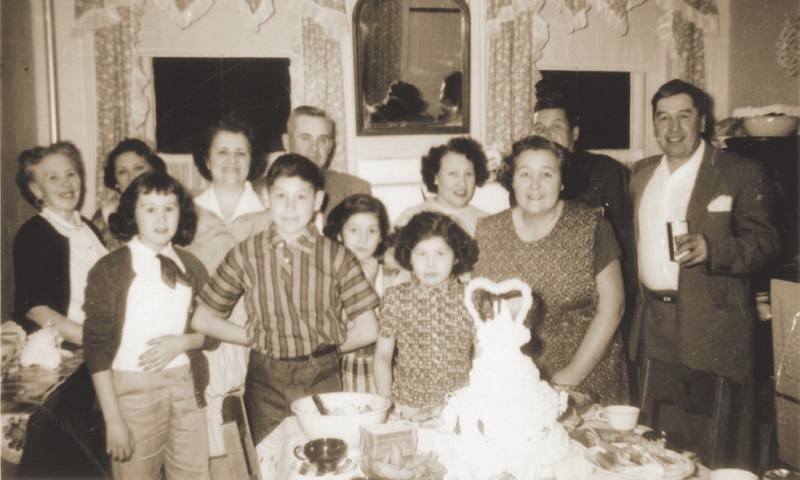
Searching to work for a better life, indigenous peoples have helped build New York City Indigenous peoples have built Manhattan’s skyscrapers and culturally vibrant communities in Brooklyn and the Bronx. But their stories are not always told, despite their important contributions to the city’s communities and economy. At an event at UN Headquarters in New York for the 9th anniversary of the UN Declaration on the Rights of Indigenous People (UNDRIP) on 13 September, films celebrating indigenous lives in the city were screened, followed by an interactive panel with the producers of these films.
The film To Brooklyn and Back: A Mohawk Journey, tells the story of 10 square block community in the borough that became known as Little Caughnawaga and filmmaker Reaghan Tarbell’s journey to trace her roots back to the neighbourhood. During the early 20th century and the skyscraper boom in New York City, men from the Kahnawake Mohawk First Nation in Canada went to work building the Manhattan skyline as iron workers. Mohawk men helped build iconic landmarks such as the Empire State Building, the World Trade Center as well as United Nations Headquarters.
Using skills learned from the Quebec timber trade enabled Mohawk iron workers to work at great heights with balance and dexterity. For decades, Little Caugnawaga was a transient home for people from Kahnawake and Brooklyn life and culture has become a part of this small community in Quebec that has been passed on through generations.
The film Bronx Llaktamanta was also screened at the event. It follows Segundo Angamarca and his story of coming to live in the Bronx in the 1990s from Ecuador. By day, he works in construction, also helping to build New York’s modern skyscrapers. But in the evenings, he runs the city’s only Kichwa language radio station, just two blocks away from Yankee Stadium. Kichwa is an indigenous language, spoken since the pre-colonial period. Today, it is still spoken by nearly 2 million people from Peru, Colombia, and Ecuador.Taking up radio as a passion, Angamarca is able to maintain his indigenous identity by hosting Radio Tambo Stereo. Bringing his technical talents and inviting personality to the station, he is able to connect the Kichwa-speaking community throughout New York.
The event was organized by UN DPI, and the Secretariat of the Permanent Forum on Indigenous Issues, a branch of UN DESA-DSPD.
Learn more about our work on indigenous peoples at social.un.org/indigenous.
Source & Copyright: UNDESA DSPD
 Welcome to the United Nations
Welcome to the United Nations